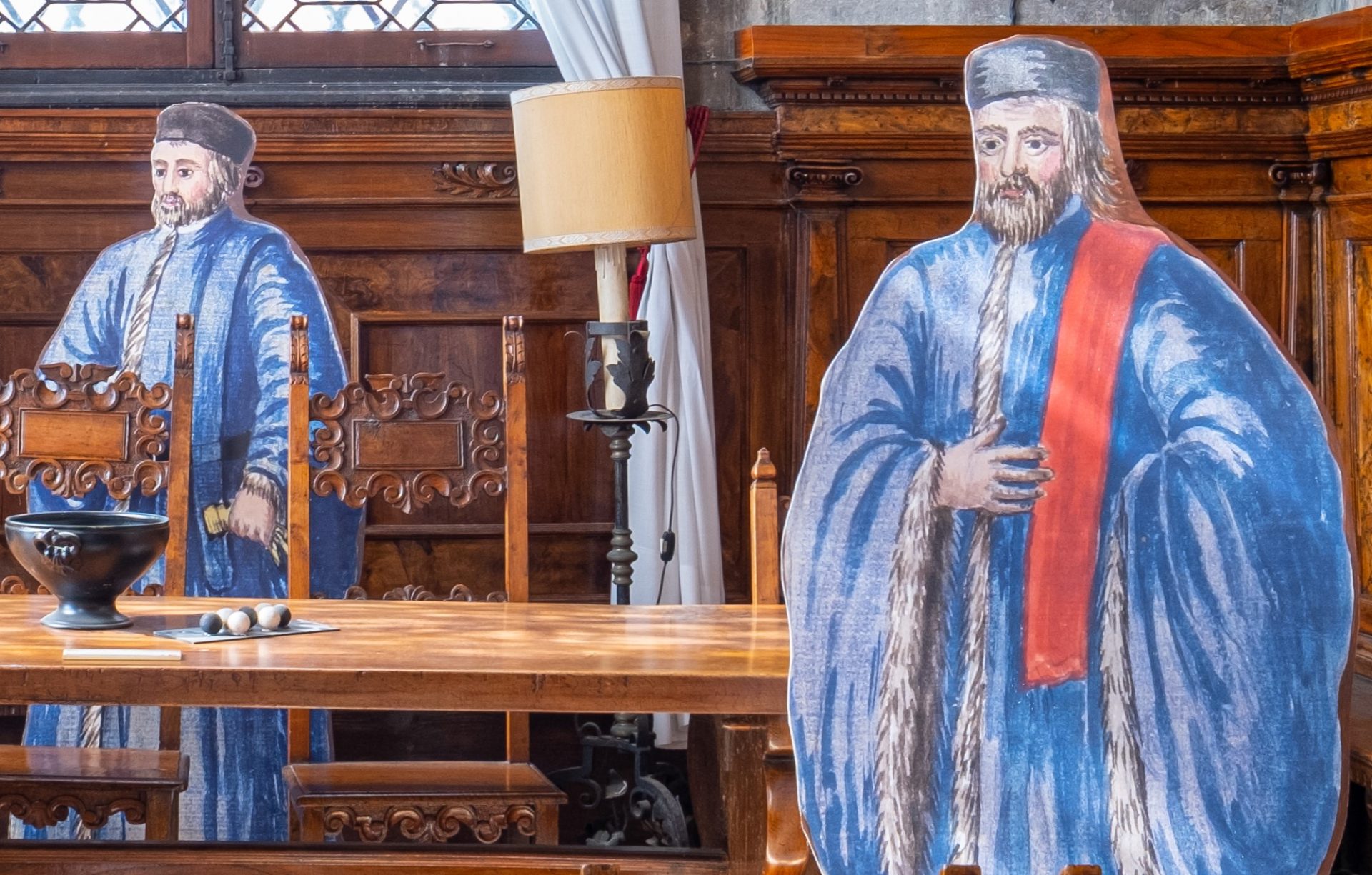The most serious death penalty was that of strangulation in secret, in which case the family could not request the body of the relative whose name, if Venetian, was canceled from the municipal registers. This was in fact carried out in the case of the crime considered more serious for the justice of the Republic, that is the plot against the State (considered more serious than the same murder), a crime for which a Venetian criminal who had betrayed his city was deemed unworthy to be remembered from the dead as a citizen of the Republic.
In this case, the process underwent a particular practice. The Council of Ten was called to work as a jury, composed as the name suggests, of ten high-level aristocrats chosen by the Maggior Consiglio (the Venetian Senate), to be part of a body created following the conspiracies of the fourteenth century and which continued to exist until the fall of the Republic in 1797. The work of the Ten was almost intelligence, that is to discover, stop and intercept any plot that could undermine the security and stability of the State, which is why they were equipped with a very efficient group of spies, they remained in office for only one year to avoid any abuse of office, they had their own fund of which they did not have to report, and the head was the Doge, which is why if the reason for the trial was a conspiracy in the court, the Council came to preside with the Doge himself at the head of the procedure.






